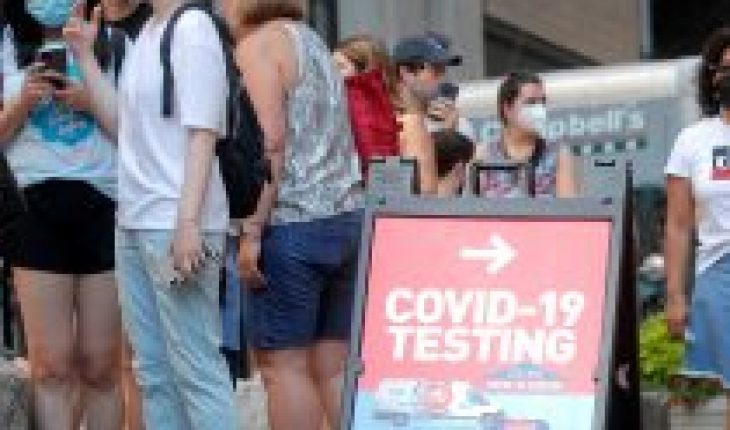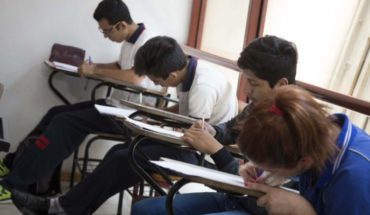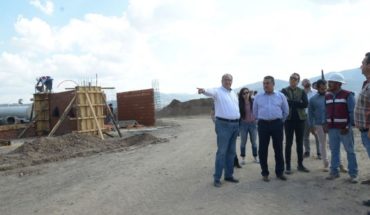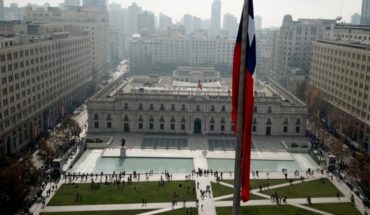The U.S. economy grew at its slowest pace in more than a year in the third quarter, amid a surge in COVID-19 infections, further straining global supply chains and triggering shortages of goods like cars that nearly choked consumer spending.
Gross domestic product rose at an annualized rate of 2% in the last quarter, the Commerce Department said Thursday in its advance estimate of the indicator. The figure was the weakest since the second quarter of 2020, when the economy suffered a historic contraction due to the strict measures implemented to contain the first wave of coronavirus.
The economy grew at a rate of 6.7% in the second quarter. The Delta variant of the coronavirus worsened labor shortages in factories, mines and ports, affecting the supply chain. Economists polled by Reuters had forecast a 2.7% rise in GDP last quarter.
Strong inflation, driven by shortages across the economy and money contributed by the government during the public health crisis, impacted growth. The easier fiscal stimulus and Hurricane Ida, which devastated U.S. offshore energy production in late August, also hurt the economy.
Consumer spending, which accounts for more than two-thirds of U.S. economic activity, grew at a rate of 1.6% after a robust 12% pace in April-June. Although cars accounted for a part of the stagnation, the Delta variant also curbed spending on services such as air travel and meals away from home.
However, there are signs that economic activity recovered at the end of the turbulent quarter. The summer wave of COVID-19 infections has slowed and cases have dropped a lot in recent weeks. Vaccines have also increased. The improved public health situation helped boost consumer confidence this month.
Fewer people also filed new claims for unemployment benefits. That trend of improving labor market conditions was confirmed by a Labor Department report that showed initial claims for state unemployment benefits fell by 10,000 last week to 281,000 seasonally adjusted, their lowest since mid-March 2020.
It was the third week in a row that orders remained below the threshold of 300,000. Economists polled by Reuters had forecast 290,000 applications in the past week.
U.S. Economy Slows Sharply in Third Quarter
October 28, 2021 |





